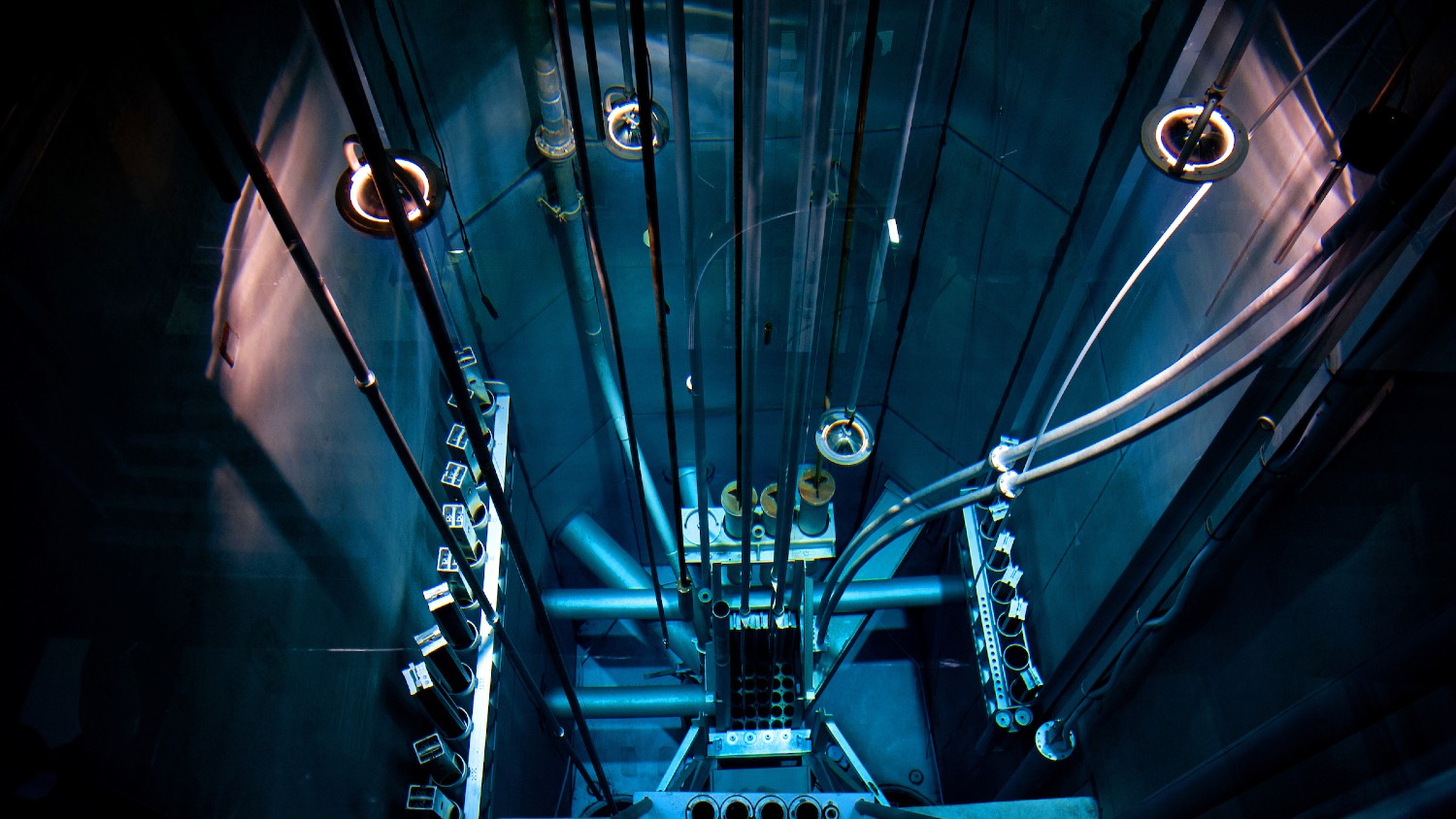NC State University established the first civilian nuclear research reactor on a university campus in 1952 and still operates a 1-megawatt PULSTAR reactor on North Campus in Burlington Labs. Now, thanks to a $3 million investment from the legislature, the Department of Nuclear Engineering and the University can begin thinking about what comes next.
The state investment will allow a feasibility study for a new advanced nuclear research reactor on campus in the coming years and will hopefully position NC State well if federal funding is made available to place advanced research reactors on U.S. campuses. Possible research applications could include clean energy production, industrial development and medical research.
The feasibility study will include, among other things, site selection, an analysis of potential environmental impacts, analysis of licensing requirements, cost estimates and what kind of advanced reactor would make sense.
The PULSTAR reactor has been on campus for 52 years. Ayman Hawari, Distinguished Professor of Nuclear Engineering and director of the Nuclear Reactor Program, envisions having it until a new research reactor is operational.
“Before the time this reactor starts aging out, we would have a good view of what the new reactor can be, where it should be located,” he said. “And we hopefully would have selected the next type of technology, the next type of reactor.”
NC State’s PULSTAR is one of the most efficiently operated reactors in the nation and is home to unique nuclear capabilities at a global scale, which include neutron probes and sources, anti-matter beams and advanced facilities for nondestructive testing such as nuclear fuel and materials.
- Categories:



